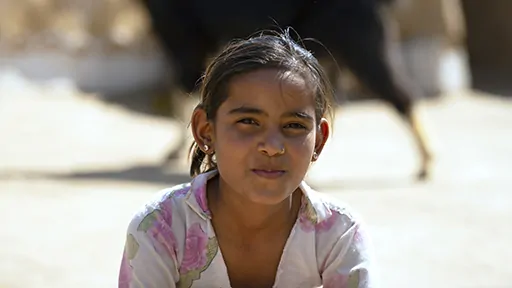Opinion Editorial Archive December, 2019: Indigenous Girl of the Year

Seventeen days from today, we will recognize the fortieth anniversary of the United Nations General Assembly adopting the Convention on the Elimination of All Forms of Discrimination against Women. Forty years later, we have made some progress but, as we saw just a week ago, there is still a long way to go. Yet 2019 has been something of a watershed year for the largest group where further progress is needed — young, indigenous women. From last January's announcement of a best actress Oscar nomination for Yalitza Aparicio Martínez (the first indigenous female ever to receive that nomination) to last month's recognition of the role of indigenous women in the Australian national women's football (soccer) team, 2019 has increasingly put young, indigenous women in the spotlight.
If there were a non-indigenous girl of the year award, my shortlist would include many candidates. But it should not surprise anyone that my eventual choice would be Greta Thunberg. Having attended her final public appearance in the United States last month, I witnessed first-hand why she is so inspiring — particularly to her generation. My choice, though, would not be for the reasons you might think. It would instead be because of her public comments and advocacy outside her passion: In 2019 she brought attention about the rights of indigenous people to a wider audience than anyone else.
Some of her critics often comment that she would be more effective if she took her climate crisis message to places like India. My "Indigenous Girl of the Year" recipient for 2019 is from that country. She is an indigenous Bhil girl whom I photographed in February. I entered her village without a guide — something I rarely do. My driver offered to accompany me, but I chose instead to leave him behind and conduct the visit with only my friend/travel companion. It is uncommon for outsiders to wander into such villages unannounced. (Our driver, because of his own discrimination, advised us not to enter the village alone, stating it would be dangerous.) Immediately, a group of village children greeted us and took on the role of our guides. Leading the group were three boys in their mid-teens. Tagging along behind them, but remaining silent, was a group of young Bhil girls including this one.
If Ms. Thunberg ever does visit India, she will no doubt receive invitations to visit indigenous villages like this girl's village. It is in Rajasthan where we saw recently that among the contributing factors to New Delhi's pollution problems is the age-old practice of agricultural burning.
This girl's parents are old enough to have seen, in the West, civil rights, women's rights and climate change protest movements — the likes of which India desperately needs. It didn't take long that day before this girl was challenging the boys over their greater right to be our guides. I got the impression she needs no outside visitors to inspire her or to educate her about the reality of the climate crisis. She appeared very capable of taking on the challenges that must be met if India's indigenous people are ever to have the rights they deserve.
Learn more about the Bhil people.
If you enjoyed reading this month's opinion editorial, please consider supporting independent, advertising-free journalism by buying us a coffee to help us cover the cost of hosting our web site. Please click on the link or scan the QR code. Thanks!

